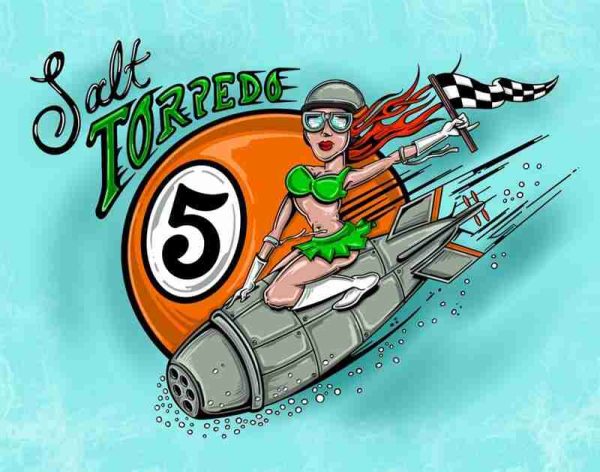Atomic Bob Original Art for Sale
At Atomic Bob Shop and Atomic Bob meets the Flying Piston by Prince Najar I got on the horn with Atomic Bob to ask him to donate some art for the upcoming Flying Piston Benefit online auction in Daytona on March 4, 2024. Instead of answering the question, Bob growled about those thieving sonsabitches hacking […]
Atomic Bob Original Art for Sale Read More »

